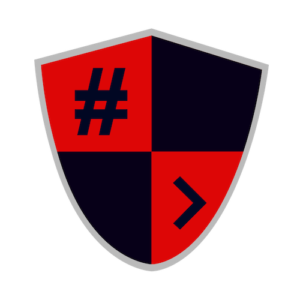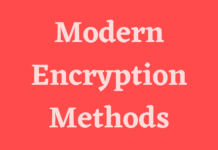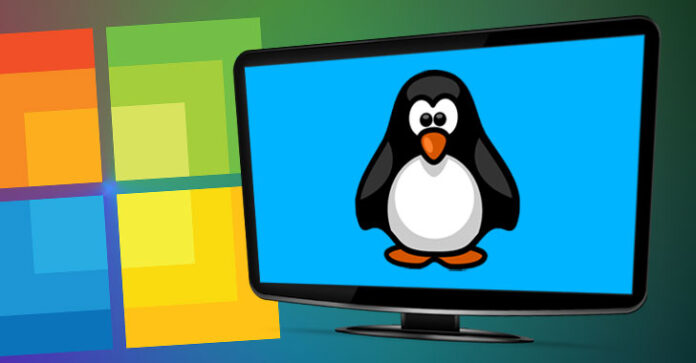Microsoft has declared another allowed to-utilize activity planned for revealing criminological proof of treachery on Linux frameworks, including rootkits and meddling malware that may somehow or another go undetected.
The cloud offering, named Project Freta, is a preview based memory criminological component that plans to give mechanized full-framework unpredictable memory review of virtual machine (VM) depictions, with abilities to spot malignant programming, piece rootkits, and other secretive malware strategies, for example, process stowing away.
The undertaking is named after Warsaw’s Freta Street, the origin of Marie Curie, the well known French-Polish physicist who brought X-beam clinical imaging to the war zone during World War I.
“Present day malware is perplexing, complex, and planned with non-discoverability as a center precept,” said Mike Walker, Microsoft’s ranking executive of New Security Ventures. “Venture Freta means to mechanize and democratize VM legal sciences to a point where each client and each endeavor can clear unpredictable memory for obscure malware with the press of a catch — no arrangement required.”
The goal is to deduce the nearness of malware from memory, simultaneously gain the high ground in the battle against danger on-screen characters who send and reuse subtle malware on track frameworks for ulterior intentions, and all the more significantly, render avoidance infeasible and increment the improvement cost of undiscoverable cloud malware.
rootkit
With that impact, the “confided in detecting framework” works by handling four unique viewpoints that would make frameworks safe to such assaults in any case by keeping any program from:
Recognizing the nearness of a security sensor preceding introducing itself
Living in a territory that is out of perspective on the sensor
Recognizing the sensor’s activity and as needs be deleting or changing itself to get away from recognition, and
Messing with the sensor’s capacities to cause damage
“At the point when aggressors and safeguards share a microarchitecture, each location move a protector makes upsets nature in a manner that is in the long run discoverable by an assailant put resources into mystery,” Walker noted. “The best way to find such aggressors is to expel their understanding into protection.”
Open to anybody with a Microsoft Account (MSA) or Azure Active Directory (AAD) account, Project Freta lets clients submit memory pictures (.vmrs, .lime, .center, or .crude records) through an online gateway or an API, post which an itemized report is created that dives into various areas (piece modules, in-memory documents, potential rootkits, procedures, and that’s just the beginning) that can be sent out by means of JSON design.
Microsoft said it concentrated on Linux because of the requirement for fingerprinting working frameworks in the cloud in a stage freethinker way from a mixed memory picture. It additionally refered to the expanded unpredictability of the task, given the huge number of freely accessible pieces for Linux.
This underlying discharge variant of Project Freta bolsters more than 4,000 Linux bits, with Windows support in the pipeline.
It’s additionally during the time spent including a sensor ability that permits clients to relocate the unstable memory of live VMs to a disconnected domain for additional examination and more AI-based dynamic devices for danger discovery.
“The objective of this democratization exertion is to expand the advancement cost of undiscoverable cloud malware toward its hypothetical most extreme,” Walker said. “Makers of secretive malware would then be secured in a costly pattern of complete re-creation, rendering such a cloud an unsatisfactory spot for cyberattacks.”





![[HINDI] What is DoS attack and DDoS attack?](https://bittentechsolutions.in/wp-content/uploads/2020/04/ddos-218x150.jpg)
![[HINDI] What is juice jacking? Think twice before using public USB ports](https://bittentechsolutions.in/wp-content/uploads/2020/04/juice-jacking-risk-1200x675-1-218x150.jpg)










